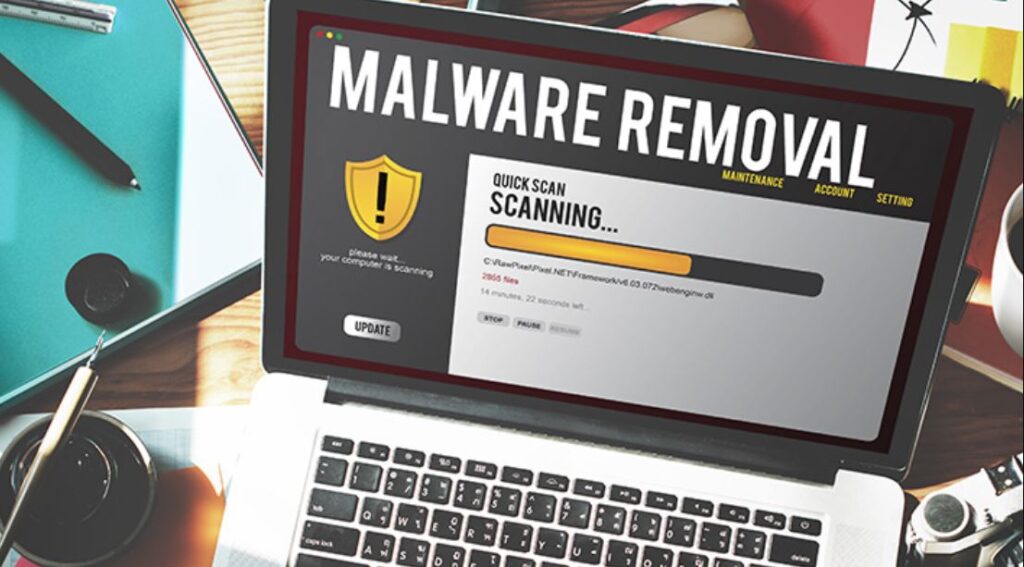64

What is Ransomware and How Does It Work?
Ransomware is a type of malicious software that encrypts files on your computer, making them inaccessible. The attackers then demand a ransom payment to provide a decryption key. Dealing with ransomware can be frustrating, especially if important files are affected. In this article, we’ll discuss the best ways to handle ransomware infections and restore your files safely.
How Ransomware Infects Your Device
- Through Malicious Emails: Phishing emails containing infected attachments or harmful links.
- From Untrusted Downloads: Downloading software from unreliable sources.
- Via Exploiting Security Vulnerabilities: Attackers take advantage of outdated software and system vulnerabilities.

ransomwares recovery
Immediate Steps to Take If Infected by Ransomware
1. Disconnect from the Internet
- Disconnect Wi-Fi and unplug the network cable immediately to prevent the ransomware from spreading to other devices.
2. Do Not Pay the Ransom
- Cybersecurity experts strongly advise against paying the ransom, as there is no guarantee that you will receive the decryption key.
- Paying the ransom encourages further attacks.
3. Use Antivirus Software to Remove the Ransomware
- Scan your device with trusted antivirus software to detect and remove the ransomware.
- Update your antivirus database to ensure it can identify the latest ransomware variants.
Two Best Ways to Recover Your Files
1. Use Free Decryption Tools
- Security companies provide free decryption tools for certain ransomware strains.
- Visit No More Ransom to check if a decryption tool is available for your infection.
2. Restore Files from Backup
- If you have a backup, restoring files is the most effective solution.
- Before restoring, scan your backup to ensure it is clean and not infected.
How to Protect Your Device from Ransomware
1. Keep Your System Updated
- Regularly update Windows, software, and security patches to fix vulnerabilities.
2. Enable Firewall and Security Features
- Windows Firewall helps prevent unauthorized network access.
- Use reputable security software for real-time protection.
3. Avoid Untrusted Downloads
- Download software only from official sources and avoid pirated programs.
4. Use Cloud Backup Services
- Cloud storage services offer automatic backup options, ensuring your files are always protected.

Best Practices to Avoid Ransomware Attacks
- Don’t Click Suspicious Links: Avoid opening unknown email attachments.
- Scan External Devices: Always scan USB drives before using them.
- Enable System Restore: Helps revert your system to a safe state before infection.
Conclusion
Recovering from ransomware can be challenging, but following the right steps can minimize damage and restore your files safely. Prevention is always better than recovery, so make sure to adopt strong security measures to protect your data.
